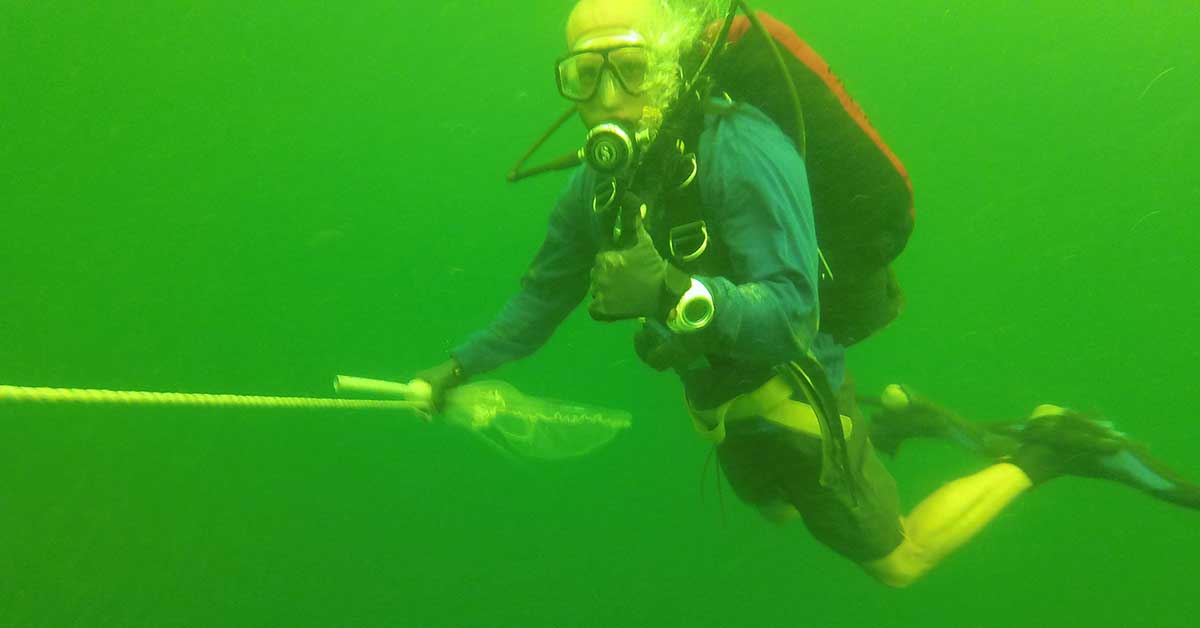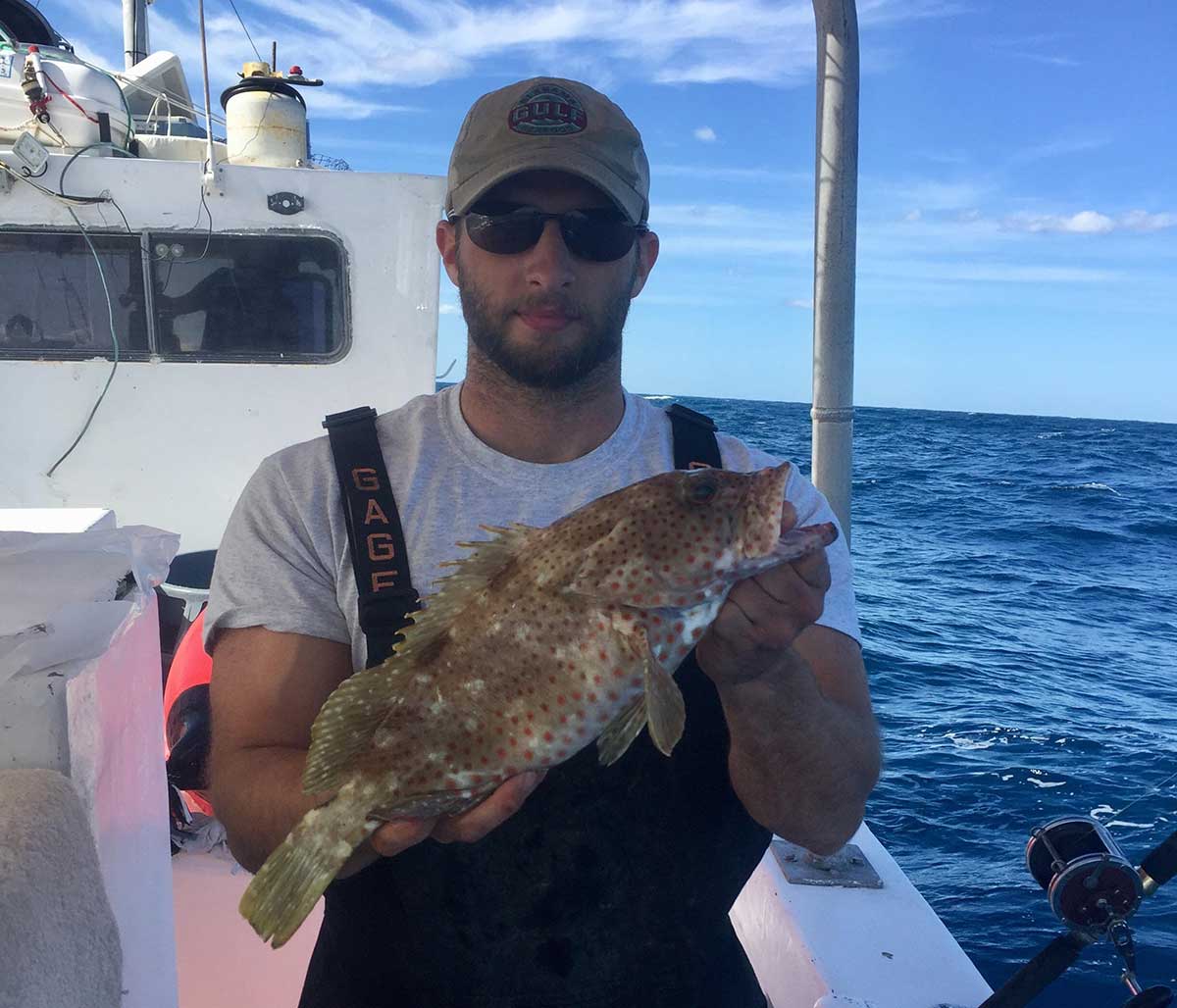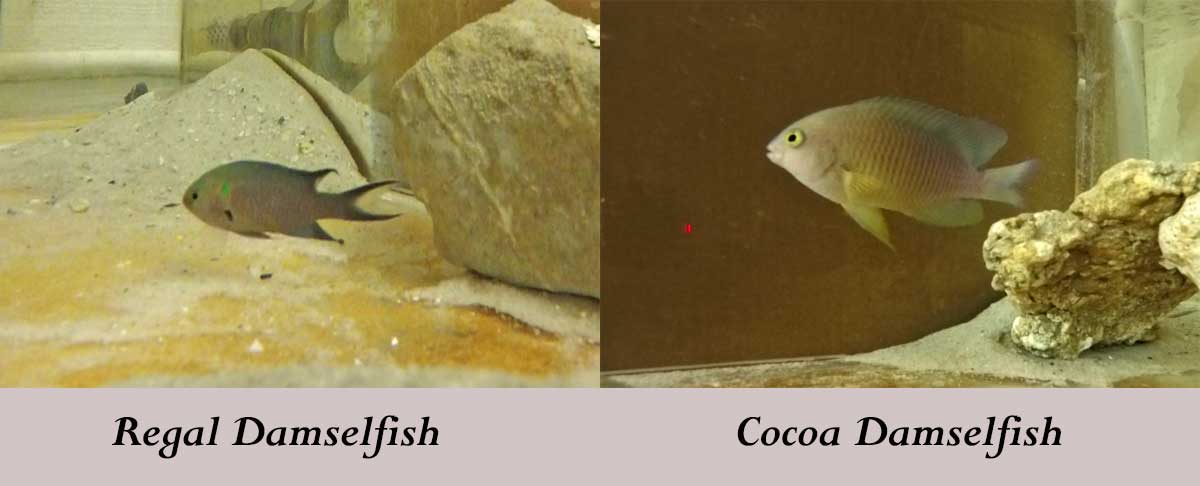
Masters student Clay Bennett can confirm that the path the graduate school isn’t always a straight line. The Troy University alumni spent several years between getting his Bachelors of Science in Marine Biology and starting his Masters studies this past January getting his feet wet in the field.
"I first worked as a biologist aide with Alabama Marine Resources, and then moved on to fisheries observation with NOAA," Bennett shared. "Being a fisheries observer was a great experience. I had the chance to travel, learn about the variety of species living in the northern Gulf of Mexico, and refine my plan for graduate school. I was originally interested in fisheries management, but found that my real fascination was on the impact of toxins and contaminants in fisheries species, something that is critical to seafood sustainability.”
The change in focus led Bennett back the way of the Dauphin Island Sea Lab to work with marine ecotoxicologist and harmful algal bloom (HAB) expert, Dr. Alison Robertson.

Bennett's master's research focuses on the entry of marine toxins into the food web, specifically from the algal source to damselfish which have been shown to be an important vector of ciguatera fish poisoning in tropical and subtropical areas. Bennett is interested in native species in the Gulf of Mexico and Caribbean, such as the cocoa damselfish. However, this summer, he made an interesting discovery that has expanded his research to include native and invasive damsels.
"Given my focus and interest on damselfish, I have become really familiar with the morphology of a variety of species," Bennett explained. "On a research dive earlier this Summer, I spotted shoals of damselfish that did not belong”.
On return to the lab, Bennett quickly confirmed his suspicions on the identity of the fish as the regal damselfish (Neopomacentrus cyanomos) which is native to the Indo-Pacific region. This species had not been seen in the northern Gulf of Mexico previously and prior reports off the Campeche Banks, Mexico, just last year suggested that there would be a slow progression in the Gulf. Based on Bennett and his labs findings, the fish appears well established here in the northern Gulf.
"What's interesting is that reports of the regal damselfish in the southern Gulf of Mexico suggested that this species would not migrate north this quickly," Bennett added. "And unless you are looking, you wouldn't even realize it was here."

The regal damselfish is a tropical fish, native to the Red Sea and Indo-Pacific. It's one of 390 species of damselfish, and can be found in home aquariums which has been postulated as the possible source of introduction in the southern Gulf.
Bennett said it's not clear how regal damselfish have migrated to the northern Gulf of Mexico, but his research aims to determine this and if there are any impacts associated with this invasive species to native damsel populations.
"The cool thing about these fish is that the cocoa is very aggressive and solitary, while the regal lives in larger shoals. I want to know if they are competing for similar resources," Bennett explained.
The upcoming dive surveys led by the Robertson lab will allow Bennett to examine the distribution of the regal and cocoa damsels on natural and artificial reefs (rigs, jetties, platforms, pyramids) from Florida to Louisiana.
Being observant is an important part of discovery and critical to being a scientist, so Bennett is well on his way.